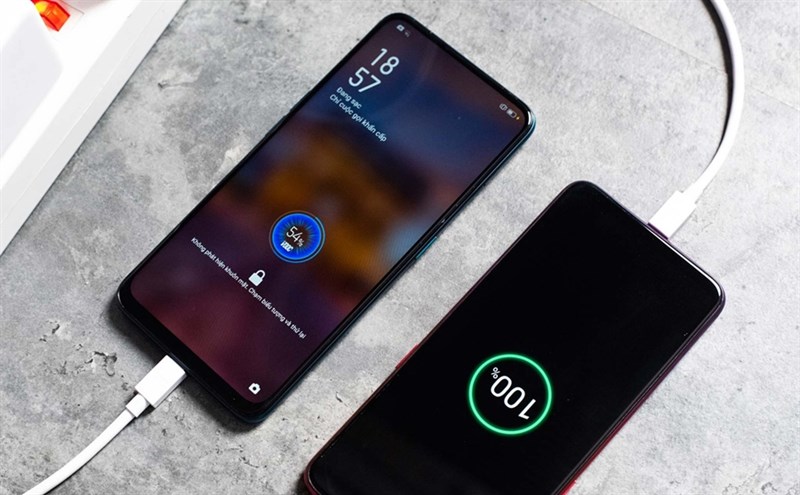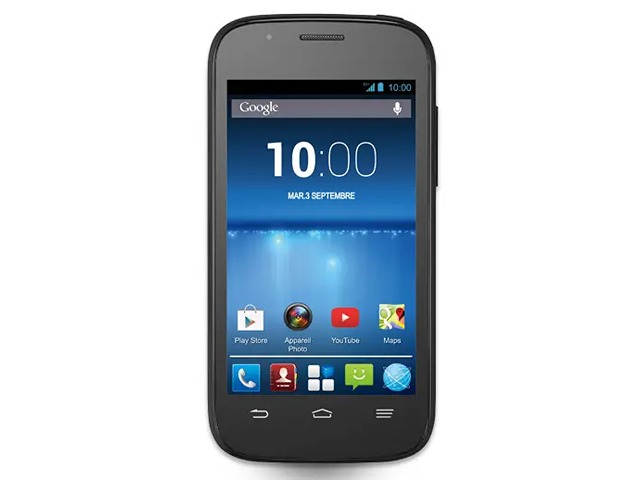Find Features Meanings By ZTE Blade Q Review
Here you can read the preferable ZTE Blade Q review to grasp what are the terminologies related to ZTE Blade Q features, in terms of battery capacity, processor type, screen size, etc. Consequently, you will find out their meanings well, and you’ll be able to choose wisely when you buy a new cellular phone.
ZTE Blade Q model status in the market is: Discontinued. However, it is announced by ZTE company on 10/1/2013 and Released 2014, January.
ZTE Blade Q has 4GB 1GB RAM, and 1800 mAh battery life (the more mAh value gives more strength to the battery). When you buy ZTE Blade Q, you will gain 5 MP, AF rear camera and VGA selfie camera.
ZTE Blade Q comes with a 4.5 inches, 55.8 cm2 display size .
ZTE Blade Q has these software and hardware platforms:
* Android 4.2 (Jelly Bean) OS,
* Mediatek MT6572 (28 nm) Chipset
* Dual-core 1.3 GHz Cortex-A7 Processor.
In this article, you will find ZTE Blade Q review which will explain the main ZTE Blade Q features that you need to make a wise decision about your new device.
The Body Specs – ZTE Blade Q Review
When planing to purchase a new mobile phone, the body parameters must be taken into consideration. These physical features include body size, weight, and build. You can read ZTE Blade Q review in terms of the body features in the lines that follow.
* Body Dimensions: 135.5 x 67.8 x 9.8 mm (5.33 x 2.67 x 0.39 in) which mean height, width, and thickness (depth) respectively.
* Body Weight: 140 g (4.94 oz).
For cellular phones, a weight between 140g to 170g is deemed convenient for most peoples.
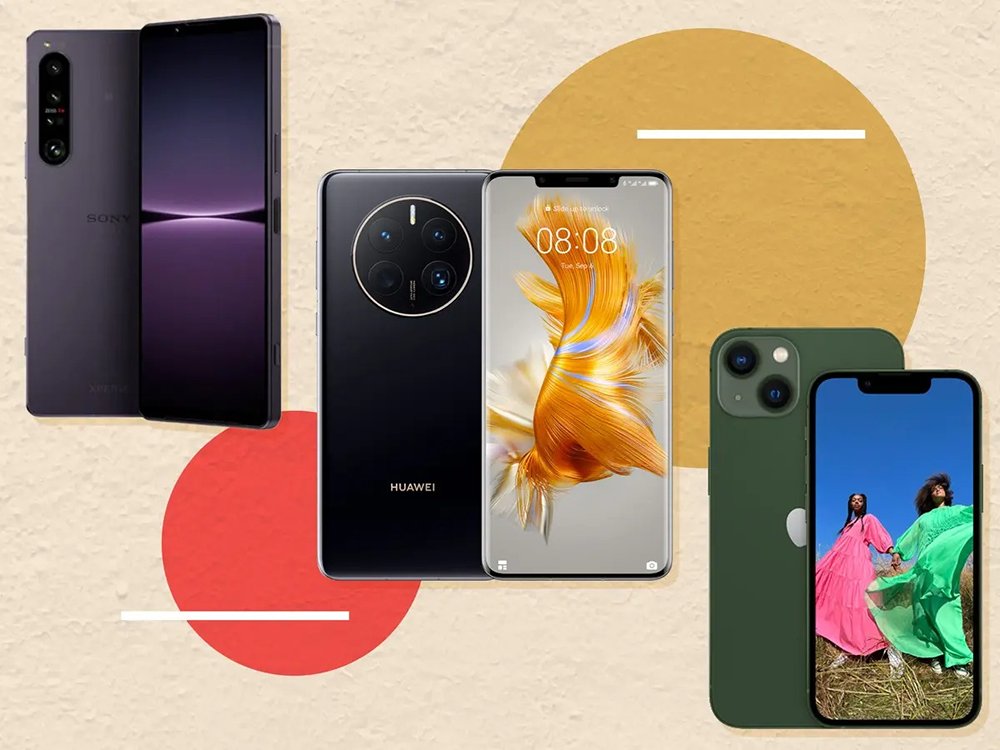
Does Smartphone Color Matter? – ZTE Blade Q Review
Competition between smartphone producers is no longer limited to technological matters, such as memory size, camera strength, and processor power. Rather, it went beyond competition in the colors of the mobile phone covers, which have become significantly more varied.
ZTE Blade Q comes in the following colors: Black, White.
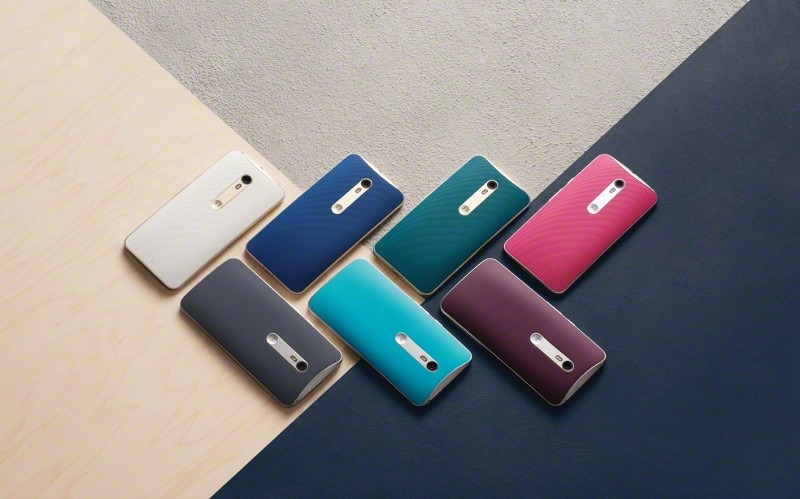
ZTE Blade Q Review – Understanding Display Terminology
As cellphones inventions evolve very fast, it is hard to know any smartphone or combination of features as the best. This is relevant to the screen’s quality and characteristics. In fact, selecting it depends on your particular requirementsand the areas in which you use smartphones. In the following lines, we will talk about the primary screen characteristics of ZTE Blade Q
Display Type: IPS LCD – Always select a display kind that offers proper black and more vibrant colors.
Display Size: 4.5 inches, 55.8 cm2 – The common standard screen size of mobile phones now averages between 4.7 and 6.5 inches.
Screen To Body Ratio: (~60.7% screen-to-body ratio). It gives the percentage of how much the display covers the front side. Smartphones that have the largest screen to body ratio look delicate and give it a premium look.
Display Ratio: 16:9 ratio. Aspect ratio is the relevance between the height and width of the smartphone screen. Taller aspect ratios like 19.5:9 is coming with the most modern smartphones, and it is suitable for web browsing, and other portrait orientation apps.
Display Resolution: 480 x 854 pixels. It is clarity of an image video in details and sharpness. The pixel resolution for high definition screens is 1920 x 1080.
Display Density: (~218 ppi density). It is the number of physical pixels per inch on a screen, and is measured in Pixels Per Inch (ppi).
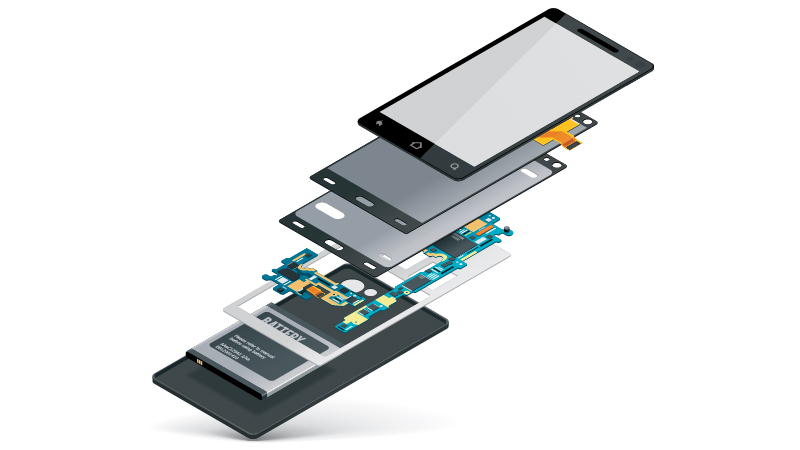
All What you Need For Camera Features in one ZTE Blade Q Review
In the following lines, you will find ZTE Blade Q review about the main cameras.
* Main Camera Single: {5 MP, AF}.
The following lines explain some of the symbols included in the camera specifications:
MP (Megapixels) is the resolution of the image taken by a cellular phone.
(f value) is the aperture of a lens indicates how much light it lets in. A bigger aperture lets in more light, whilst a smaller aperture lets in less light..
(mm value) This measurement is of the lens’s focal length, which affects the final image that is produced by your camera.
AutoFocus (AF) is the function of a camera to automatically focus on a subject.
In the following lines, you will find ZTE Blade Q review of the selfie camera:
* Selfie Camera Single: VGA
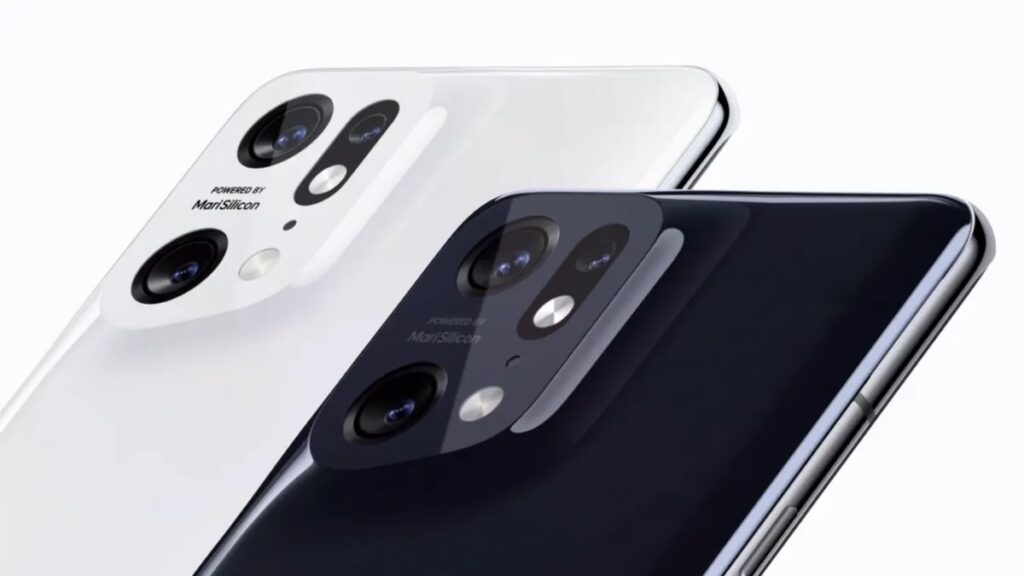
the SIM Card Specs – ZTE Blade Q Review
The acronym SIM is used to refer to the Subscriber Identity Module. It is a electronic card that can be fitted into your smartphone to be able to access your phone’s communication features to make calls, send SMS, and connect to the 3G, 4G LTE, and 5G mobile internet. For more info about 3G / 4G networks, refer to ZTE Blade Q 3G or ZTE Blade Q 4G articles. SIM cards come in three sizes: Standard (Mini), Micro, and Nano. It is possible to use your cellphone without a SIM card, such as using the calculator, playing games, saving text or voice notes, and connecting to a Wi-Fi network to explore the internet.
This cellphone model comes with Mini-SIM card. For more info, refer to How to insert SIM card in ZTE Blade Q article.
Here are the popular SIM card kinds:
* Nano SIM. It is the smallest removable SIM card size, so it is the most modern one (other than eSIMs, which we’ll talk about it very soon) and most current device are using it.
* Micro SIM. They have a slightly larger chip, and they’re seldom used in recent years.
* Standard SIM (Mini SIM). It is the biggest SIM card size in use, and it’s the most rarely used.
* eSIM. It is an embedded SIM card, meaning that you can’t remove it from your device.
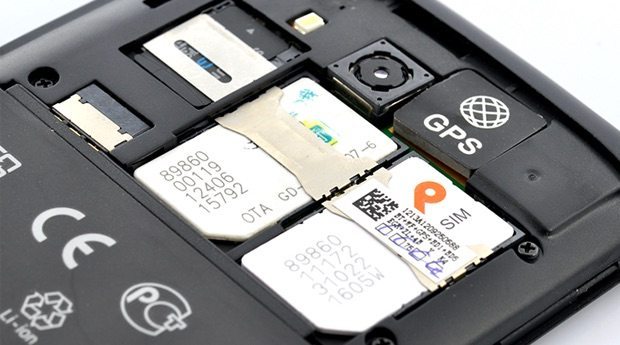
ZTE Blade Q Review of The Performance
This model has Mediatek MT6572 (28 nm) chipset.
A chipset on a cellphone is most usually referred as a system on chip (SoC). It is an integrated circuit that combines all basic parts of a device on one chip. The most famous types are: QUALCOMM Snapdragon, MEDIATEK CHIPSETS, and INTEL ATOM.
ZTE Blade Q has Dual-core 1.3 GHz Cortex-A7 CPU.
The performance of the CPU will be improved by increasing the number of cores and the processing speed.
ZTE Blade Q has the following GBU (Graphics Processing Unit): Mali-400.
This chip is responsible for processing and accelerating all graphics jobs, and more faster GPU means more powerful cellphone will be.
The quantity of storage that a new mobile phone provides is one of the essential decision considerations.. Actually, ZTE Blade Q comes with microSDHC memory card slot, and the following internal storage: 4GB 1GB RAM
Two types of phone’s memory are available:
Internal: It is integrated inside the phone, and can’t be expanded. Nowadays, the majority of cellphones have internal storage that is at least 32GB or 64GB and a few high-end models feature 256GB or 512GB.
External: It is a removable SD card used as an extra memory to save photos, music, videos, etc., regardless of the kind of SD card slot.
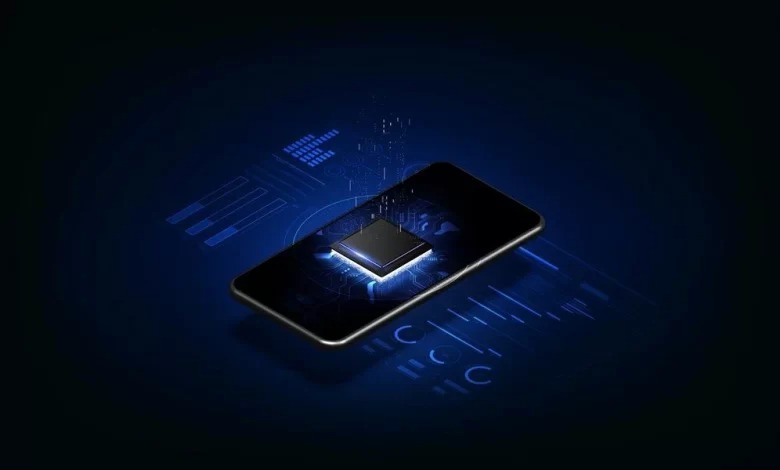
Mobile Networks and communication – ZTE Blade Q Review
The intricate architecture used by mobile networks involves base stations sending radio waves within hexagonal areas known as “cells” (hence mobiles also being known as cellphones). In order to exclude any signal-deficient locations, thousands of cells interfere across several geographic zones. Three different network kinds available today: 3G, 4G, and 5G. These networks have the capability to pick up and deliver mobile telecommunications as well as transmit and receive data and information.
ZTE Blade Q supports the following networks: 3G. For more info, refer to ZTE Blade Q 3G article.

Read About Wireless Connections – ZTE Blade Q Review
This model supports the following wireless communications:
* WLAN connection: {Wi-Fi 802.11 a/b/g/n, hotspot}. Wireless Local Area Network uses Wi-Fi to communicate to the home or office wireless network using the local router and offers Internet access.
* Bluetooth connection: {4.0, A2DP}. It is a common wireless communication protocol used to communicate two devices together over short ranges, allowing to share data between different devices.
* USB connection: {microUSB 2.0}.Universal Serial Bus is wired technology that allows users to connect two devices, such as a smartphone with a PC, to either transfer data or to charge the connected device.
* Features Sensors: {Accelerometer, proximity}. The sensor is a device that detects and majors the changes in the nearby environment such like ambient light and motion.

ZTE Blade Q Review – The Operating System
This model comes with {Android 4.2 (Jelly Bean)} operating system.
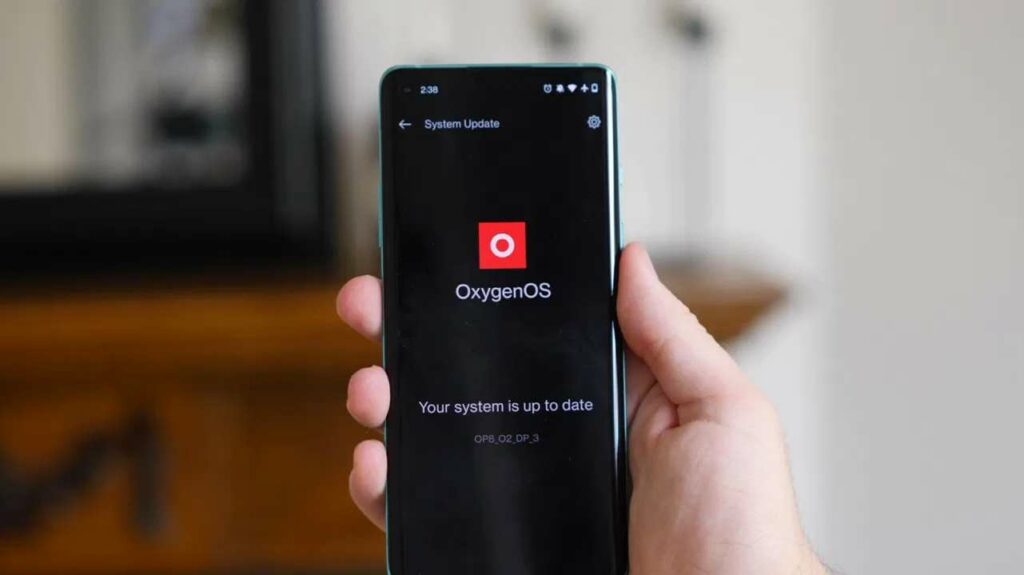
ZTE Blade Q Review of The Battery Main Specs
Nothing is more crucial than the smartphone’s battery, which powers these gadgets and keeps daily life going.. In the following lines, you’ll find ZTE Blade Q review of its primary battery.
* Battery Technology: {Li-Ion}.
* ZTE Blade Q comes with {removable} battery.
* Battery Capacity: {1800} mAh. It refers to the storage capacity a particular battery can provide. A battery with 3100 mAh capacity rating could supply a current of 3100 mA for one hour. Higher mAh ratings for the same battery type will usually mean longer working time.
* Battery Talk Time: {Up to 16 h (2G) / Up to 12 h (3G)}.
* Battery Stand by: {Up to 300 h (2G) / Up to 300 h (3G)}.
